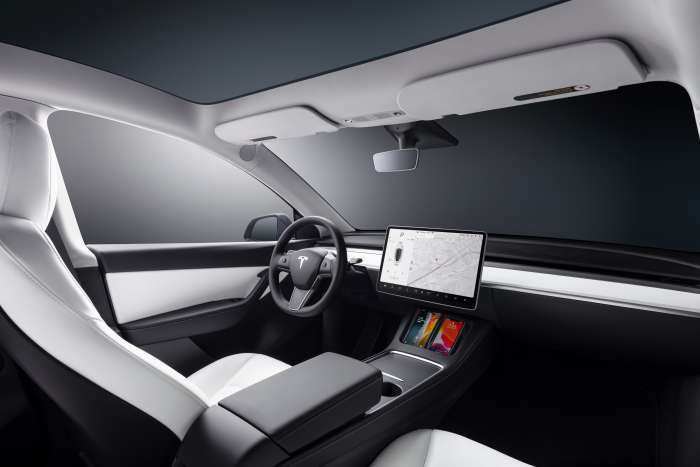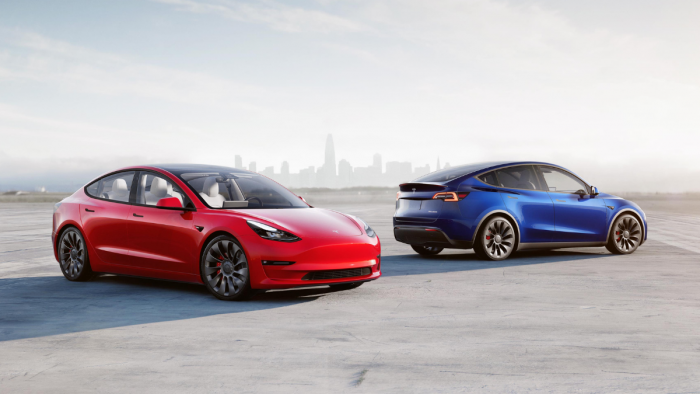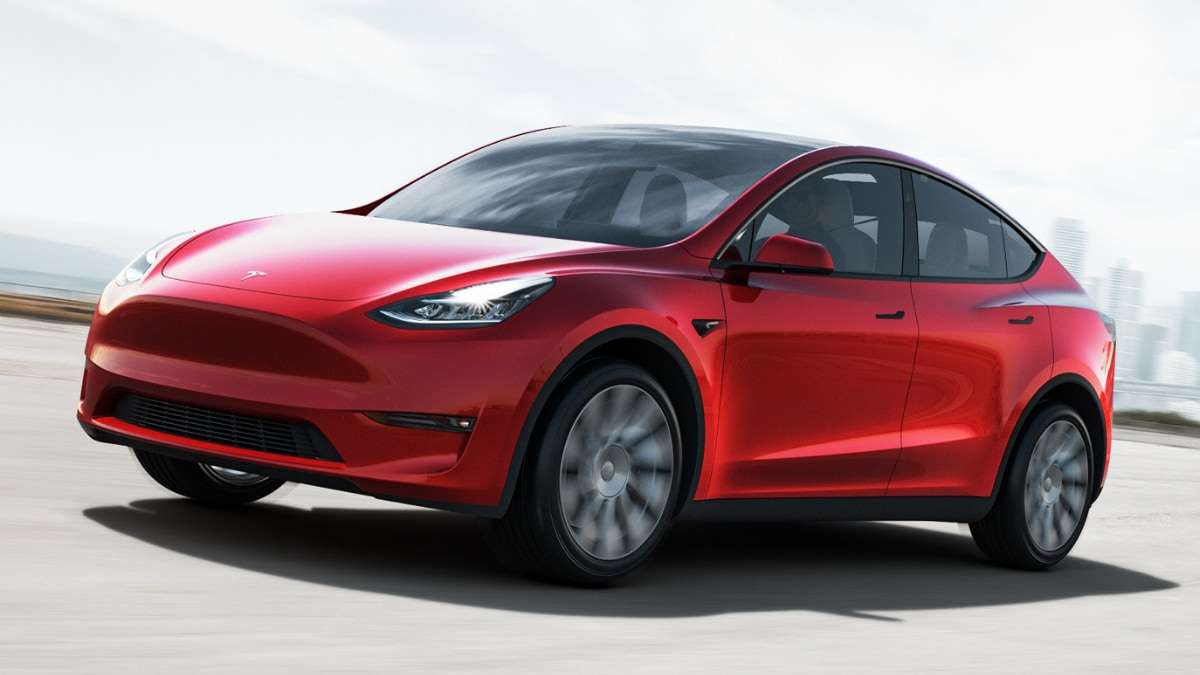The IIHS (Insurance Institute for Highway Safety) has just revealed the results of the safety crash tests carried out with the Tesla Model Y. I really think it is important to mention that, as they state on their website, the IIHS is an "…independent, nonprofit scientific and educational organization dedicated to reducing deaths, injuries and property damage from motor vehicle crashes through research and evaluation and through education of consumers, policymakers and safety professionals.". The Tesla Model Y, like almost all other electric models of the brand, basically got the highest rating in these tests; but in addition to that there is an extra surprise: when looking at the results in detail, the Model Y turns out to be even safer than the Model 3.
A year ago, we kicked off 2021 with an updated side crash test of the 2021 Nissan Rogue. We ended the year with a moderate overlap test of the 2021 Tesla Model Y.A lot happened in between. Get caught up on news and ratings you may have missed in 2021: https://t.co/8bw2Ey4HkE pic.twitter.com/ebPLrCchsF— IIHS (@IIHS_autosafety) January 4, 2022
In most of the categories in which the IIHS performs crash tests, the Tesla Model Y obtained better marks than the Model 3, especially in those related to injuries that the driver might suffer after an accident. These results show that, not surprisingly, the entire line of Tesla models (S, 3, X and Y) are right at the top of the ranking of the safest vehicles in the world.

The advances introduced in the design of the Tesla Model Y, both in the body and in the structural design, allow the SUV to respond better than the Model 3 in an accident. This progress is most noticeable in frontal crash tests performed on the driver's side, which simulate a collision where it would primarily affect the wheel area rather than the central deformation area of the bonnet.
Makes me want to get a Y since my Cybertruck will be delayed till 2023 IIHS Releases Crash Test Video, Awards Tesla Model Y Top Safety Pick+ https://t.co/BFScGklu5r $TSLA @benzinga pic.twitter.com/yTvYFDgjMy— EasyShot Trades (@EasyShotPlays) December 25, 2021
The Model Y basically redirected the warp energy away from the passenger compartment during the crash tests. Instead of absorbing the impact through the front crumple zone itself, the compartment is moved away from the point of collision. While in the Model 3 the crash penetration reached 8,2 inches (21 cm) in the space corresponding to the feet, in the Model Y it was reduced to only 0,3 inches (1 cm). This is a very important achievement for Tesla's safety engineering team, by using a continuous improvement methodology both on the production of the floor/battery and in software development.
Tesla Model 3 received a 5-star crash test safety rating - Business InsiderThe Model 3 received top marks from IIHS and other safety organizations.Tesla has long touted the super safety of their crash technology, and now the evidence is in. https://t.co/L52dvYHSIq— JPR007 (@jpr007) November 2, 2019
Additionally the Model Y outperformed Model 3 on the "head injury" category: 22 points versus 88 on this test, where a total of 250 points marks the borderline for concussion results.
The frontal crash test against a fixed barrier, displaced 10% of its center line, at an 18 mph (64 km/h) speed, basically evaluates the safety of the frontal deformation zone of the car. In this case the Model Y also fared better than the Model 3. While the Model Y's windshield cracked completely, the SUV's height and shock-absorbing mechanism kept it intact. As in the previous test, the Model Y also outperformed the Model 3 in the head injury category.

The Roof Strength is the only test where the Model 3 outperformed the Model Y, due to the fact that the Model 3 has a shorter roof line, on one hand; and on the other hand it also has a high-strength steel crossbar that joins the two B-pillars, which is not featured in the Model Y.
All images courtesy of Tesla Inc.
Nico Caballero is the VP of Finance of Cogency Power, specializing in solar energy. He also holds a Diploma in Electric Cars from Delft University of Technology in the Netherlands, and enjoys doing research about Tesla and EV batteries. He can be reached at @NicoTorqueNews on Twitter. Nico covers Tesla and electric vehicle latest happenings at Torque News.





